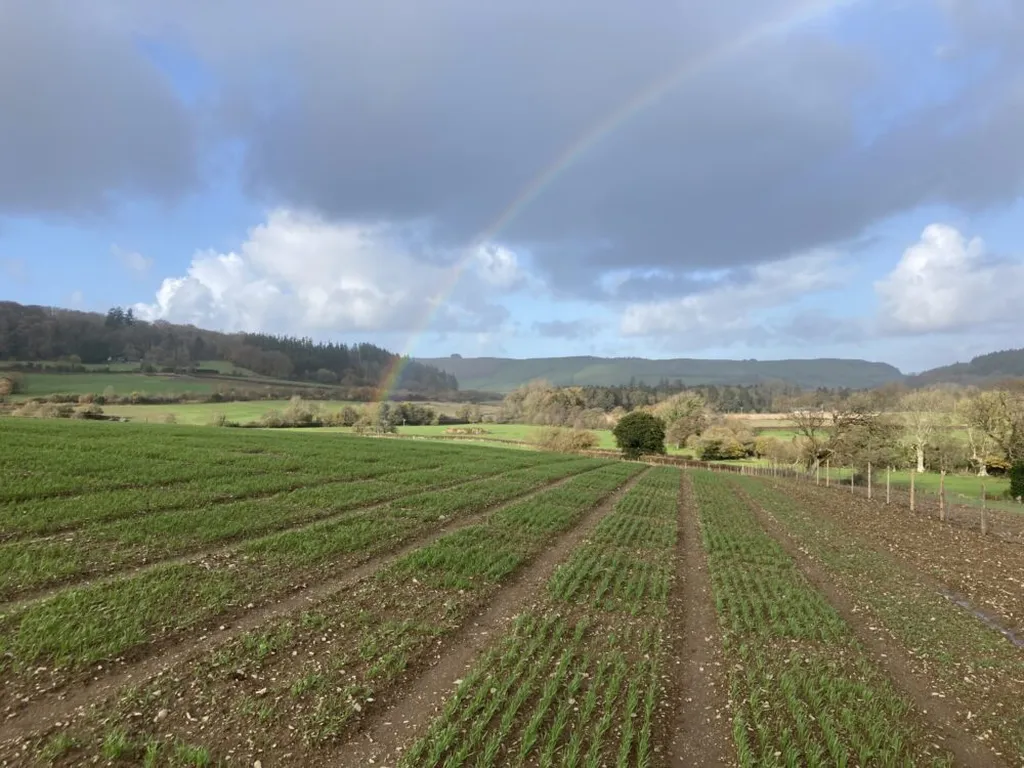In a groundbreaking study published in *Nature Communications*, researchers have unveiled the intricate genetic tapestry of wild and cultivated oats, shedding light on the evolutionary history and potential future of this vital crop. The study, led by Wubishet A. Bekele of the Ottawa Research and Development Centre at Agriculture and Agri-Food Canada, offers a comprehensive analysis of over 9,000 oat accessions from around the globe, providing insights that could revolutionize oat breeding and agriculture.
Oats, a staple in global agriculture, have long been underexplored in terms of their genetic diversity. This research fills a significant gap by characterizing the genetic structure of both wild and cultivated oats using advanced genotyping-by-sequencing techniques. The findings reveal a complex genetic landscape, with four distinct populations within the wild species *Avena sterilis*, a unique population of cultivated *Avena byzantina*, and multiple populations within cultivated *Avena sativa*.
One of the most striking discoveries is the identification of chromosome regions associated with local adaptation, some of which are linked to large-scale chromosome rearrangements. These rearrangements, found on chromosomes 1A, 1C, 3C, 4C, and 7D, suggest multiple polyploid origins, domestications, and potential reproductive barriers among oat populations. “This research provides a genetic roadmap that could guide breeders in developing more resilient and productive oat varieties,” Bekele noted.
The commercial implications of this research are profound. By understanding the genetic basis of local adaptation, breeders can develop oat varieties tailored to specific environmental conditions, enhancing yield and resilience. This could lead to more sustainable agricultural practices, reducing the need for chemical inputs and improving crop stability in the face of climate change.
Moreover, the identification of distinct genetic populations within both wild and cultivated oats opens new avenues for genetic diversity exploitation. This diversity is crucial for breeding programs aimed at improving disease resistance, nutritional content, and adaptability to diverse growing conditions. “The genetic diversity within the Avena gene pool is a treasure trove for breeders,” Bekele added. “It offers immense potential for developing oat varieties that can thrive in various climates and resist emerging pests and diseases.”
The study also highlights the importance of preserving wild oat species, which harbor a wealth of genetic diversity that could be critical for future crop improvement. Conservation efforts and further exploration of wild oat populations could uncover additional genetic resources that are vital for agricultural innovation.
As the global demand for nutritious and sustainable crops continues to grow, the insights from this research are timely and highly relevant. The agricultural sector stands to benefit significantly from these findings, paving the way for more robust and adaptable oat varieties. The study not only advances our understanding of oat genetics but also sets the stage for future developments in crop breeding and agricultural sustainability.
In the ever-evolving field of agritech, this research serves as a beacon, guiding the way towards a more resilient and productive future for oat cultivation. The work, published in *Nature Communications* and led by Wubishet A. Bekele of the Ottawa Research and Development Centre at Agriculture and Agri-Food Canada, marks a significant milestone in our quest to harness the full potential of genetic diversity in agriculture.

